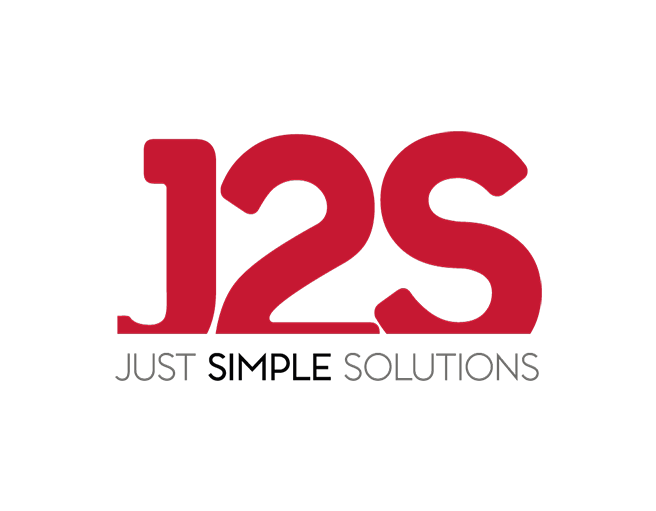Technology is now everywhere, especially digital technology. A revolution has taken place in a historically short time: in less than 20 years, the whole world has become interconnected1. My 17-year-old daughter doesn’t understand: “But how did you do that before?” she asked me, looking at me like a bald dinosaur with glasses.
These technologies have changed our daily lives, and have become intimately involved. To the point of sometimes creating a dependency. This is logical since an iPhone can very well satisfy our needs for interaction and stimulation and satisfy our eternal quest for pleasure2. Next steps: metaverse, artificial intelligence?
Just a small comment, we can ask ourselves if these technical advances are always synonymous with progress. These technologies are fabulous, but what we do with them is sometimes less so. Look at social networks, they allow us to express ourselves, but who is really listening?
Getting on a roll
As a software company, we are constantly confronted with technology. Sometimes we must react to situations where certain technologies become outdated. Or, conversely, to react to the arrival of new technologies that appear to offer greater flexibility. These choices are highly engaging: opting for a technological brick is a strong commitment. Of course, it will always be possible to change, but at what cost and for how long? This is a question that we regularly ask ourselves: should we go for it or not?
For example, I remember the switch from Flex to HTML5/JavaScript. It wasn’t so much the possible programmed abandon of the technology that made us accelerate, but that the simple fact of using Flex disqualified us: “What, you don’t use the new architecture, so your solution is null!” Flex was very much tied to the Flash plugin in browsers. This was the domino effect: the rise of smartphones, the incompatibility of Flash with them, the rise of compatible technologies, and the end of Flash and Flex (at least directly in browsers since the technology still exists ). One may wonder what makes one technology breakthrough at the expense of another; one thing is certain, that it is better is not enough…
What also keeps changing is technological dependence, which is more and more important. Thirty years ago, when we were developing software, we had to write almost everything; as a young developer at the time, I had the feeling that I was in control of everything. Then, the complexity of software increased over time, along with the arrival of the Internet, Open Source, and the cloud. Today, all the software you use every day uses a multitude of building blocks developed and maintained by others, all over the world. This creates an incredible interdependence! Is this good or bad, I don’t know!
Technologies and teams
The arrival of new technologies also challenges companies. We all remember the “big book” model3 of La Redoute, Les 3 Suisses, and others, major French players in the fashion retail industry who seemed to be in control. The turnaround was so difficult to make! The same question always arises when faced with something new: should we go for it or not?
This reminds me of paper. As for Flex, the paper has become outdated for some people. It is once again the great swing of history that is in action and the risk of one-sidedness. It is true that paper will no longer be used for communication as it was 30 years ago, but paper remains an irreplaceable technology. The paper doesn’t need a battery to work, nor a manual, let alone a connection. And most importantly, I can hold it, feel it, lend it, etc. Let’s not forget that we are talking to human beings, made of flesh and bone4.
As a matter of fact, I’m following up on Richard’s recent article: What about the invitation to tender? He talks about the issue of invitations to tender. Something that always surprises me in this context is how much priority is given to technical aspects. Technology appears here as a blinding illusion that will provide the solution to all problems. See how easy it was during the demonstration, you click on a button and everything is done by itself! See how beautiful the interface is5, etc. It seems to me that we too easily forget that a project is a story of men and women. What can technology do, no matter how great it is, without the men and women able to implement it for the client and to maintain it over time?
N.B. And once the invitation to tender is over, we find ourselves back in reality with the use of old, tested, and efficient technologies, such as data workflows.
Follow the sirens, or not?
I love technology. I fell into the computer world in the 1980s6. (So my daughter is right, I am a dinosaur!) And if I have to position myself on the diffusion of new products , I am at the very beginning; unlike Ulysses, I am not tied to the mast and the technological sirens have a way of seducing me7…
However, I believe that all these technologies should be seen as tools and not as ends in themselves, or even as marketing arguments (“It’s better because it’s new!”). I believe in technology when it is “at the service of”, at the service of the project for example. And what hasn’t changed in a project, once again, is that it’s about people working together.
Interested in learning more? Contact us : we are looking forward to hearing from you.

JY. Jourdain
Cofounder of J2S
Consider that the first web browser was created in 1993 ( Wikipedia ). ↩︎
If you like peanuts, sometimes it’s hard not to finish the bowl, right? On this subject, read Le bug humain by Sébastien Bohler ; you will discover how we, human beings, are programmed to always want more, right away. ↩︎
The last big 3 Suisses catalog came out in 2014, a decade that seems like an eternity: https://france3-regions.francetvinfo.fr/hauts-de-france/2014/03/18/la-fin-d-une- epoque-3-suisses-abandons-its-big-catalog-435867.html or on Wikipedia. ↩︎
I’m not getting into the “Is paper green?” debate here. Mainly because I’m not a specialist. All I know is that paper is recyclable, that it helps to maintain forests, that digital technology requires server farms that consume a lot of energy, etc. In short, all I know is that not everything is positive, not everything is negative. ↩︎
It is not because the design is beautiful that the solution is user-friendly… ↩︎
Thanks to Homer and his odyssey, please visit this page . ↩︎
